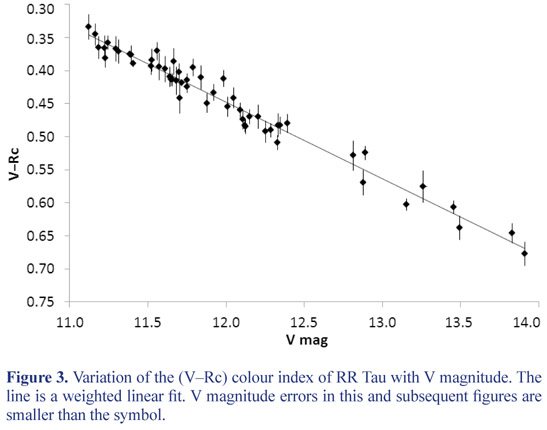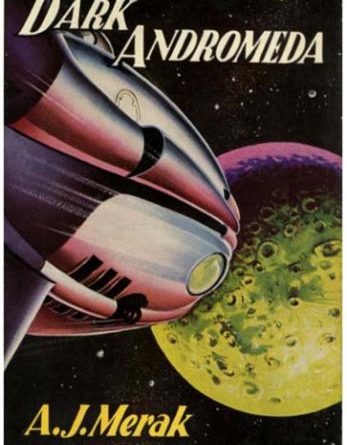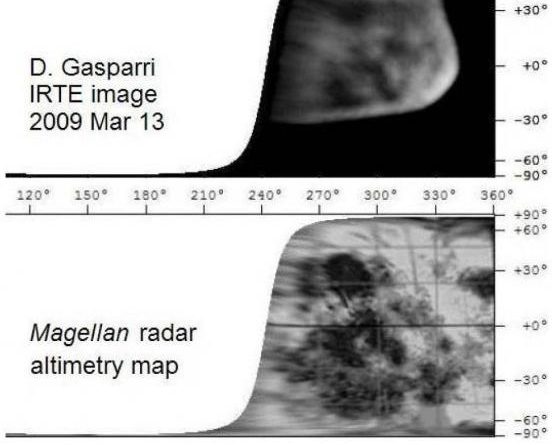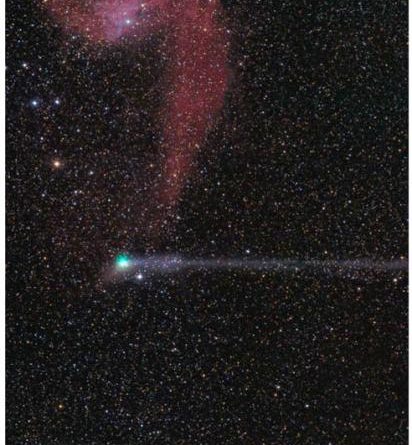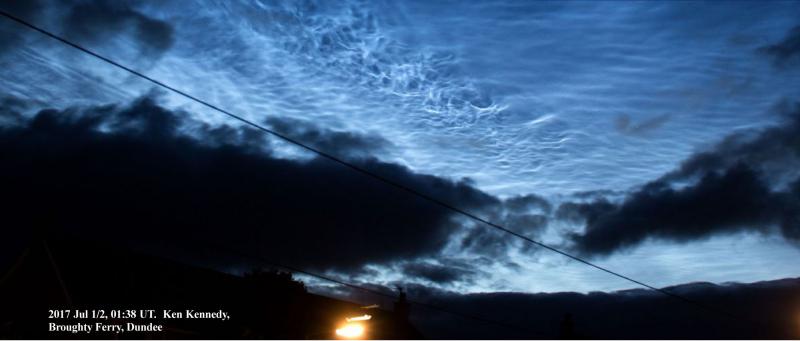Paper II described the extreme changes in Jupiter’s North Equatorial Belt (NEB) which took place in 2011–’12: quiescence, narrowing and fading of the belt, along with acceleration of the prograde NEBs jet to super-fast speed. Here we describe how this anomalous state was terminated in 2012, in a rapid and vigorous disturbance known as an NEB Revival – the first in living memory. At the same time, the North Temperate Belt (NTB) had entered a similar preparatory state, which was terminated by an NTB Revival initiated by a typical outbreak on the super-fast NTBs jet. The two concurrent Revivals appeared to constitute a ‘great northern upheaval’ extending from the equator to ~38°N, which may have been the first such event ever recorded. We compare this dual event with the more typical ‘global upheavals’, which consist of near-simultaneous Revivals of the NTB and the South Equatorial Belt (SEB), along with equatorial coloration. We also discuss the current understanding of global upheavals.
Read more


